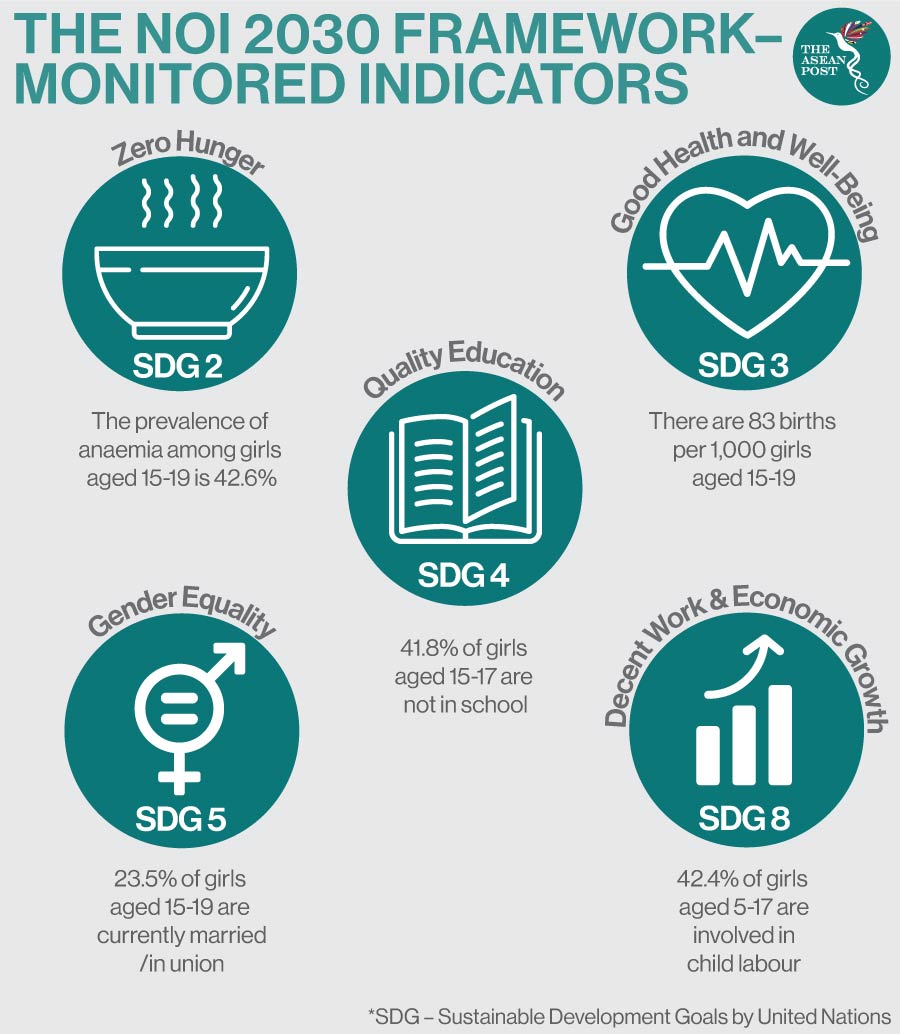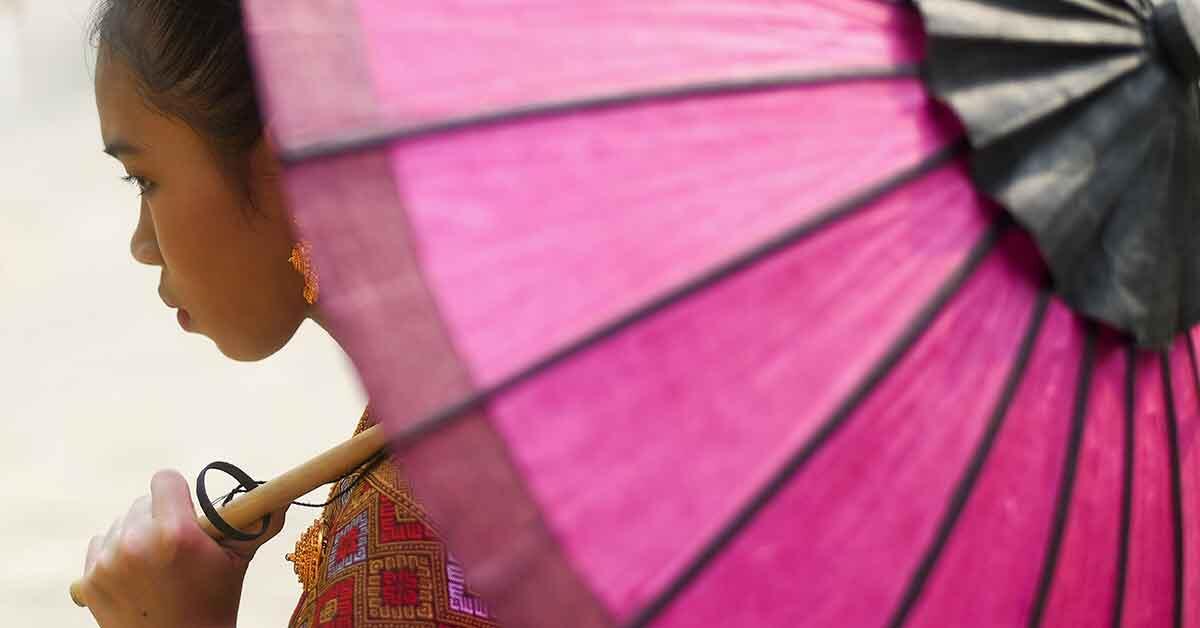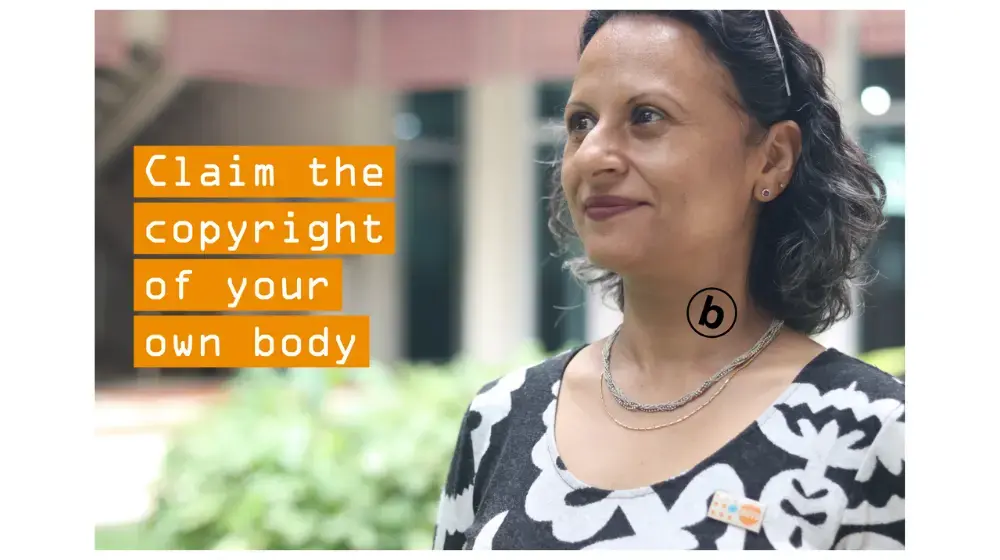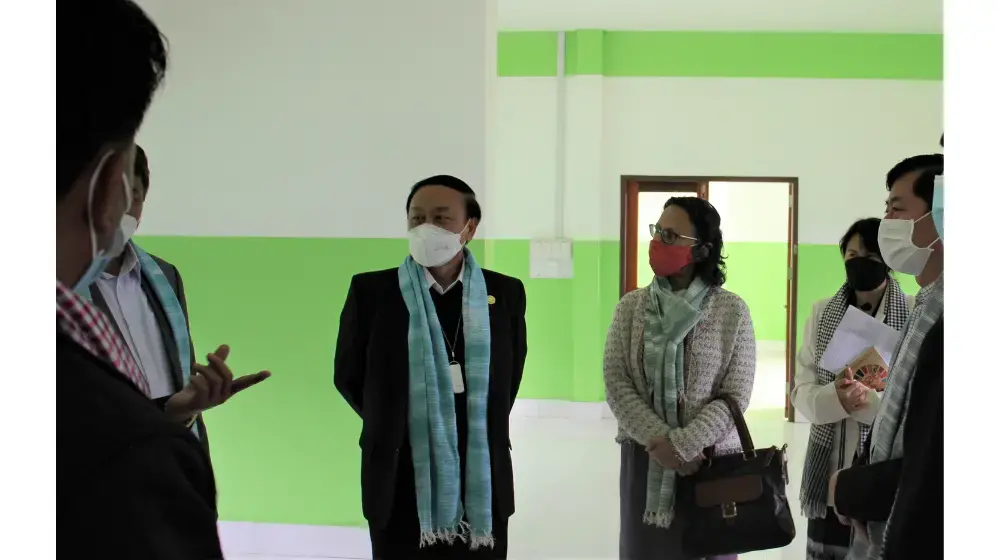Mariam. A Khan, Representative of UNFPA Lao PDR
Over the years, there have been more girls attending schools and completing their studies with many focusing on their careers and a bright future. Girls are also leading global movements on issues ranging from climate change and poverty to gender-based violence and child marriages, proving themselves to be unstoppable.
In Lao PDR, youths below the age of 25 make up more than half of the country’s population. According to the United Nations Population Fund (UNFPA), approximately 700,230 of them are girls between the ages of 10 to 19.
Challenges
Adolescent girls in Lao PDR still face prevalent issues that are preventing them from reaching their full potential, including being victims of trafficking, violence, and sexual exploitation. According to Girls Not Brides, a global partnership of civil society organisations committed to ending child marriage – 35 percent of girls in Lao are married by the age of 18. Whereas nine percent are married before the age of 15. The UNFPA stated that at least one in five girls aged between 15 to nine are married, while one in 10 of these girls has begun childbearing.
Other than that, these married girls are also at risk of facing gender-based violence at home. A survey supported by the government of Lao PDR and the United Nations (UN) found that one in three women in a relationship had experienced physical, sexual, or emotional violence at the hands of their partners. It was also revealed that more than 70 percent of survivors never seek help from anyone. The UNFPA cited gender discrimination and a high tolerance for violence as the main reasons behind such low reporting rates.
The country also has the highest adolescent birth rate in the region with 83 births per 1,000 girls, aged between 15 to 19. Unfortunately, girls from this age range have a 42.6 percent prevalence rate of anaemia, increasing the risk of stunting in children. Girls in rural areas also have insufficient access to safe menstrual hygiene management. On top of that, in 79 percent of households without water, it is the females who have to fetch water for their families from water sources.

Source: UNFPA, 2018
Surprisingly, Lao students have a high net enrolment rate in primary education at 98.7 percent. Yet, the literacy rates of young women aged between 15 and 24 are lower than those of their male counterparts at 69 percent and 77 percent, respectively. The UNFPA also revealed that one in five girls drops out of school while one in 20 has never attended school. Due to the lack of social protection, 42.4 percent of girls aged between five and 17 are involved in child labour.
Lao’s Generation 2030
The UNFPA launched the Noi 2030 Framework in 2016 as an advocacy tool and entry point for dialogue to raise awareness on issues especially early marriages and early pregnancy in Lao PDR. Noi was created to represent all girls in the country, where their progress will be monitored over the next 15 years to ensure they stay on track to achieve the UN Sustainable Development Goals (SDGs) of zero hunger, good health and well-being, quality education, gender equality, decent work, and economic growth.
The Noi framework has created a strong support system for adolescent girls in Lao PDR. But efforts and investment are still needed to create a conducive environment where girls in Lao can choose when and with whom to marry; choose whether, when and how many children they want; be educated and able to find decent employment, and contribute to the development of themselves and their community.
Just last year, Lao’s Ministry of Health and the UNFPA launched the ‘Me, My Body, My Planet, My Future’ campaign to encourage and engage with the country’s youth to make informed choices on issues that matter to them, particularly on health, environment, gender equality and sustainable development.
In recent years, youths are now willing to engage in activism to support causes they care about, bringing fresh energy and a renewed sense of urgency to tackling persistent global issues.
“We must ensure that young people are involved as part of the solutions as they stand central in achieving the 2030 sustainable development agenda,” said Mariam A Khan, the UNFPA’s Representative in Lao PDR, adding that each young person has a role to play in looking after themselves, their planet and their future.
Published https://theaseanpost.com/article/giving-laos-girls-better-future





